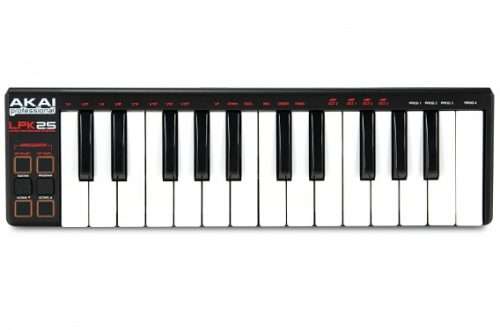
History of the electric piano
Music has always occupied a special place in people’s lives. It is difficult to even imagine how many musical instruments have been created in the history of mankind. One such instrument is the electric piano.
The History of the Electric Piano
It is best to start the history of the electric piano with its predecessor, the piano. The percussion-keyboard musical instrument appeared at the beginning of the 18th century, thanks to the Italian master Bartolomeo Cristofori.  During the time of Haydn and Mozart, the piano was a huge success. But time, like technology, does not stand still.
During the time of Haydn and Mozart, the piano was a huge success. But time, like technology, does not stand still.
The first attempts to create an electromechanical analogue of the piano were made in the 19th century. The main goal is to create a compact tool that is affordable and easy to manufacture. The task was fully completed only at the end of 1929, when the first German-made Neo-Bechstein electric piano was presented to the world. In the same year, the Vivi-Tone Clavier electric piano by American engineer Lloyd Loar appeared, the distinctive feature of which was the absence of strings, which were replaced by metal reeds.
Electric pianos peaked in popularity in the 1970s. The most famous models of the companies Rhodes, Wurlitzer and Hohner filled the markets of America and Europe.  Electric pianos had a wide range of tones and timbres, becoming especially popular in jazz, pop and rock music.
Electric pianos had a wide range of tones and timbres, becoming especially popular in jazz, pop and rock music.
In the 1980s, electric pianos began to be replaced by electronic ones. There was a model called Minimoog. The developers reduced the size of the synthesizer, which made the electric piano more accessible. One after another, new models of synthesizers began to appear that could play several sounds at the same time. The principle of their work was quite simple. A contact was established under each key, which, when pressed, closed the circuit and played a sound. The force of pressing did not affect the volume of the sound. Over time, the device was improved by installing two groups of contacts. One group worked together with pressing, the other before the sound faded. Now you can adjust the sound volume.
Synthesizers combined two musical directions: techno and house. In the 1980s, the digital audio standard, MIDI, emerged. It made it possible to encode sounds and music tracks in digital form, to process them for a certain style. In 1995, a synthesizer was released with an extended list of synthesized sounds. It was created by the Swedish company Clavia.
Synthesizers replaced, but did not replace, classical pianos, grand pianos, and organs. They are on a par with timeless classics and are widely used in the art of music. Each musician has the right to choose which instrument to use depending on the direction of the music being created. The popularity of synthesizers in the modern world is difficult to underestimate. In almost every music store you can find a huge range of such products. Toy development companies have created their own version – a children’s mini electric piano. From a small child to an adult, every third person on the planet has directly or indirectly come across an electric piano, coming from playing it with delight.





